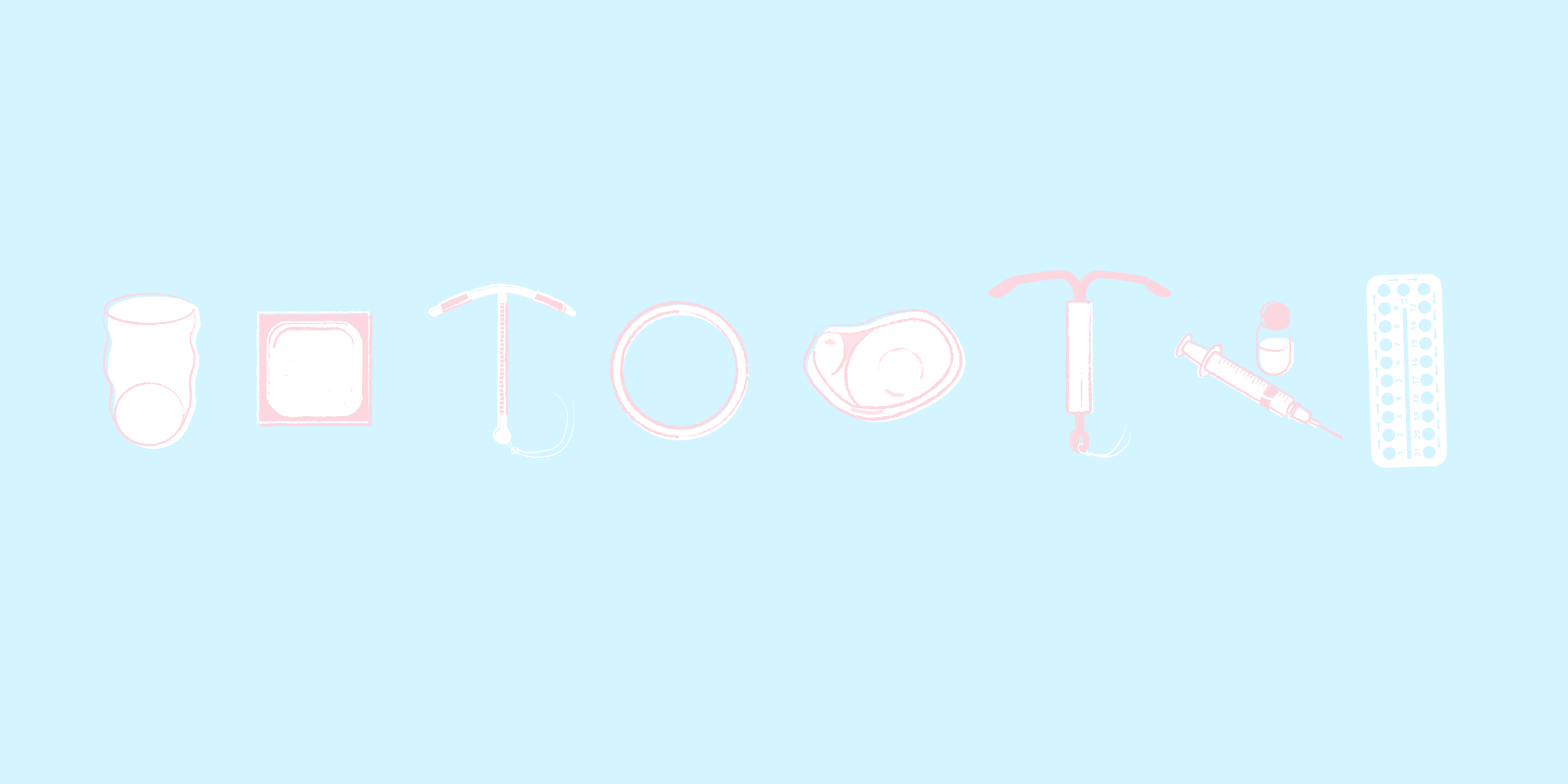Key Takeaways
- Are you faced with the decision between a caesarean section or vaginal birth?
- This article will give you a comprehensive overview of the pros and cons of both birth methods, including the medical indications, risks and effects on mother and baby.
- Read on to make an informed decision that feels right for you and your baby, and find out which factors can play an important role.
Are you faced with the decision between a caesarean section or a vaginal birth? This choice can greatly impact your birthing experience and the well-being of both you and your baby. Each method comes with its own set of advantages and disadvantages that should be carefully considered. Your personal situation, medical factors, and preferences play a crucial role in this decision.
In this article, you will learn more about the medical reasons for a caesarean section and the possible risks for both mother and child associated with each type of delivery. We also examine the effects on the newborn and provide a comprehensive overview to help you make an informed choice. Whether it's a caesarean section or a natural birth, the key is to feel well-informed and secure in your decision.
Medical Indications
When choosing between a caesarean section and vaginal birth, medical indications play a significant role. There are two main categories of indications: absolute and relative. Let’s look at these in detail to give you a comprehensive overview.
Absolute Indications
Absolute indications are situations where a caesarean section is absolutely necessary to ensure the health and safety of both mother and child. In these cases, a caesarean section significantly reduces the mortality or morbidity rate for the mother and/or child. Here are some of the most important absolute indications:
- Placental Issues:
- Complete placenta previa (placenta fully covers the cervix)
- Premature placental abruption
- Fetal Factors:
- Transverse fetal position
- Umbilical cord prolapse
- Severe fetal malformations that make natural birth impossible
- Maternal Factors:
- Impending or already occurred uterine rupture
- Severe preeclampsia or HELLP syndrome with an immature cervix
- Pelvic deformities that preclude vaginal birth
- Acute Emergencies:
- Acute oxygen deprivation of the baby
- Amniotic infection syndrome (infection of the amniotic sac)
In these absolute indications, there is no doubt that a caesarean section is the safest option. However, they account for less than 10% of all caesarean sections performed.
Relative Indications
Relative indications are situations where a caesarean section is considered but not strictly necessary. Here, the pros and cons are carefully weighed, and the decision is often made jointly by doctors, midwives, and the pregnant person. These indications account for 70-90% of all caesarean sections. Some of the relative indications include:
- Labor Progress:
- Prolonged labor or stalled labor
- Ineffective contractions
- Medical History:
- Previous caesarean section
- Previous surgeries on the uterus
- Fetal Factors:
- Breech position
- Suspected large baby (macrosomia)
- Multiple pregnancy
- Maternal Factors:
- Severe maternal illnesses (e.g., heart or lung disease)
- Mother's HIV infection
- Severe psychological stress
- Other Factors:
- Elective caesarean section
In these relative indications, it is essential to discuss thoroughly with your medical team to make the best decision for your individual situation. Below, we outline the advantages and disadvantages as well as the risks and effects on both you and your baby for both methods.
Pros and Cons of a Caesarean Section
A caesarean section is a surgical procedure associated with specific risks. The most common complications include increased blood loss and possible injuries to adjacent organs such as the bladder and intestines. Wound healing issues and scarring can also occur. The recovery period after a caesarean section generally takes longer than after a vaginal birth since the incision goes through multiple layers of tissue.
A particularly important aspect is the increased risk of thrombosis and embolism after a caesarean section. This risk is particularly high due to the pregnancy-related changes in blood clotting. Therefore, it is crucial to get up regularly after the surgery.
Women who give birth by caesarean section have a threefold higher risk of dying during childbirth compared to natural birth. However, the absolute risk is very low: in Germany, the maternal mortality rate for caesarean sections is about 0.04 per mille, which is equivalent to one in 25,000 women.
In the long term, a caesarean section can also affect future pregnancies. The risk of placental complications, such as placenta previa or placenta accreta, increases with the number of previous caesarean sections. These complications can lead to life-threatening bleeding and, in severe cases, may even require the removal of the uterus.
Effects of a Caesarean Section on the Baby
During a caesarean section, the baby is directly removed from the sterile uterus, which prevents it from coming into contact with the important maternal bacteria in the birth canal. This affects the development of the baby's microbiome. Studies have shown that caesarean-born babies have fewer important maternal Bacteroides strains in their microbiome.
Another factor that affects the baby's microbiome in a caesarean section is the prophylactic administration of antibiotics to the mother. This antibiotic reaches the baby through the umbilical cord and negatively affects the development of the intestinal flora in the first few days of life.
Studies have shown that caesarean-born babies have an increased risk of certain health problems:
- 46% higher risk of gastrointestinal infections in the first year of life
- Double the risk of developing a food allergy
- Two to seven times more likely to have breathing difficulties after birth
- 20% increased risk of asthma in childhood
- 23% higher risk of developing diabetes later in life
A study by Professor Annette-Gabriele Ziegler from the Institute of Diabetes Research at the Helmholtz Center in Munich even found that among children of diabetic parents, the risk of developing diabetes by the age of 12 is 4.8% after a caesarean section, compared to 2.2% after a natural birth.
Advantages of a Caesarean Section
A caesarean section offers clear advantages in certain situations and may be the right choice for some mothers. One of the main advantages is predictability: A planned caesarean section allows better control over the timing of the birth. This can be particularly beneficial for women who require precise planning due to their personal or professional circumstances.
Another crucial aspect is medical necessity. In cases where there are health risks or complications, such as an unfavorable position of the baby (e.g., breech), placenta previa, twin or multiple pregnancies, or serious health problems of the mother, a caesarean section may be the safest method to protect the health of both mother and child.
Additionally, a caesarean section can provide a quicker, potentially life-saving solution in emergency situations that threaten the lives of the mother or child. This possibility of rapid intervention makes the caesarean section an important option in obstetrics when an immediate decision is necessary.
Pros and Cons of Vaginal Birth
A vaginal birth is not without risks. A common issue is injuries to the perineum and vaginal area, which may require stitching. These injuries can lead to wound healing problems. In some cases, the labia and clitoris may also be injured, especially if tools such as forceps or vacuum are used.
A significant risk in vaginal birth is pelvic floor damage. These can lead to long-term problems such as urinary or fecal incontinence. Studies have shown that the prevalence of pelvic organ prolapse 20 years after vaginal birth is double that after a caesarean section. Additionally, vaginal delivery is associated with a 67% increased risk of urinary incontinence.
Women at particular risk of serious pelvic floor issues include those over 35, athletes with an exceptionally tight pelvic floor, and those giving birth to babies with large head circumferences. A specific risk is the so-called levator avulsion, a tear of the main support muscle in the pelvic floor, which is significantly associated with later impairments.
For many women, the unpredictability of natural birth, as well as fear of pain and contractions, can be significant concerns.
Effects of Vaginal Birth on the Baby
During a vaginal birth, the baby comes into intensive contact with specific maternal lactic acid bacteria. These are absorbed through the mouth and nose, providing a foundational set of bacteria for the baby's developing gut microbiome. These bacteria play an essential role in developing a healthy immune system.
Researchers in Luxembourg have found that these specific bacteria in the gut can undertake valuable metabolic functions for the newborn. They support and strengthen the development of the digestive tract and, most importantly, the immune system from the very beginning.
However, vaginal birth is not without risks for the baby. Potential complications include:
- Subpartal deficiency conditions with subsequent encephalopathy and cerebral palsy
- Intrauterine infection during prolonged labor
- Brachial plexus injury and other birth-related trauma
- In rare cases, intrauterine fetal death
The risk to the baby increases compared to a primary caesarean section when macrosomia, growth restrictions, abnormal presentations, or breech positions are present.
Advantages of Vaginal Birth
Vaginal birth has several advantages that can benefit both the mother and baby. A key advantage is faster recovery: Women who give birth vaginally typically have a shorter recovery time and a shorter hospital stay, allowing for a quicker return to daily life.
Another advantage is the lower risk of infection. Since there is no surgical procedure involved in a vaginal birth, the risk of infections and other complications is usually lower than with a caesarean section.
Vaginal birth also offers the opportunity to promote bonding and breastfeeding. Often, direct skin-to-skin contact and breastfeeding can be initiated immediately after birth, strengthening the bond between mother and child and facilitating the start of breastfeeding.
Additionally, vaginal birth has positive effects on the baby. Babies born through the birth canal are naturally exposed to maternal bacteria, which helps strengthen the immune system. The pressure of the birth canal also helps expel fluid from the baby’s lungs, reducing the risk of breathing problems after birth.
Comparing the Pros and Cons
When comparing the risks, it becomes clear that both types of birth have their specific pros and cons. After vaginal births, severe complications such as infections, bleeding, or thrombosis occur much less frequently in the mother. In addition, the hospital stay is usually shorter. However, birth cannot be planned, and many women fear a long labor and severe pain.
A caesarean section, on the other hand, can be planned and is usually a much shorter process than a vaginal birth. However, a caesarean section carries a higher risk for certain complications. These include a longer hospital stay, postoperative pain, and possible issues with caring for the child. There is also an increased risk of wound healing problems with the incision scar.
Conclusion
It is essential to note that the individual risk depends on many factors, such as the mother's age, the estimated weight of the unborn baby, and its head circumference. Modern risk scores can help better estimate the individual risk depending on the mode of birth.
Ultimately, there is no formula for the safest birth. Every woman must decide for herself which risks she is more willing to take. Comprehensive and individualized education by medical professionals is therefore crucial for making an informed decision.
Choosing between a caesarean section and vaginal birth has far-reaching implications for you and your baby. You now have an overview of the medical reasons, risks for the mother, and effects on the child for both types of delivery. It is evident that both caesarean sections and vaginal births have their own pros and cons. Also, note that even the best-laid plans sometimes have to be abandoned, for example, due to medical indications for a caesarean section or vaginal birth.
In the end, what matters most is that you feel well-informed and secure. Talk openly with your healthcare team about your wishes and concerns. Every pregnancy is unique, so you should make the best decision for you and your baby. No matter which path you choose, the most important thing is that you and your baby are healthy and happy.
Medically Reviewed
This text was created by medical editors on the basis of specialist medical literature and current studies. Our aim is to work scientifically, identify sources and regularly check that the content is up to date.
References & Literature
- Geller EJ, Wu JM, Jannelli ML, Nguyen TV, Visco AG: Maternal outcomes associated with planned vaginal versus planned primary cesarean delivery. Am J Perinatol 2010; 27: 675–83
- Stjernholm YV, Petersson K, Eneroth E: Changed indications for cesarean sections. Acta Obstet Gynecol Scand 2010; 89: 49–53
- Villar J, Carroli G, Zavaleta N, et al.: Maternal and neonatal individual risks and benefits associated with caesarean delivery: multicentre prospective study. BMJ 2007; 335: 1025
You might also be interested in these articles
Schwangerschaft
First examination during pregnancy: important questions to ask your gynecologist6 Min. Lesezeit





